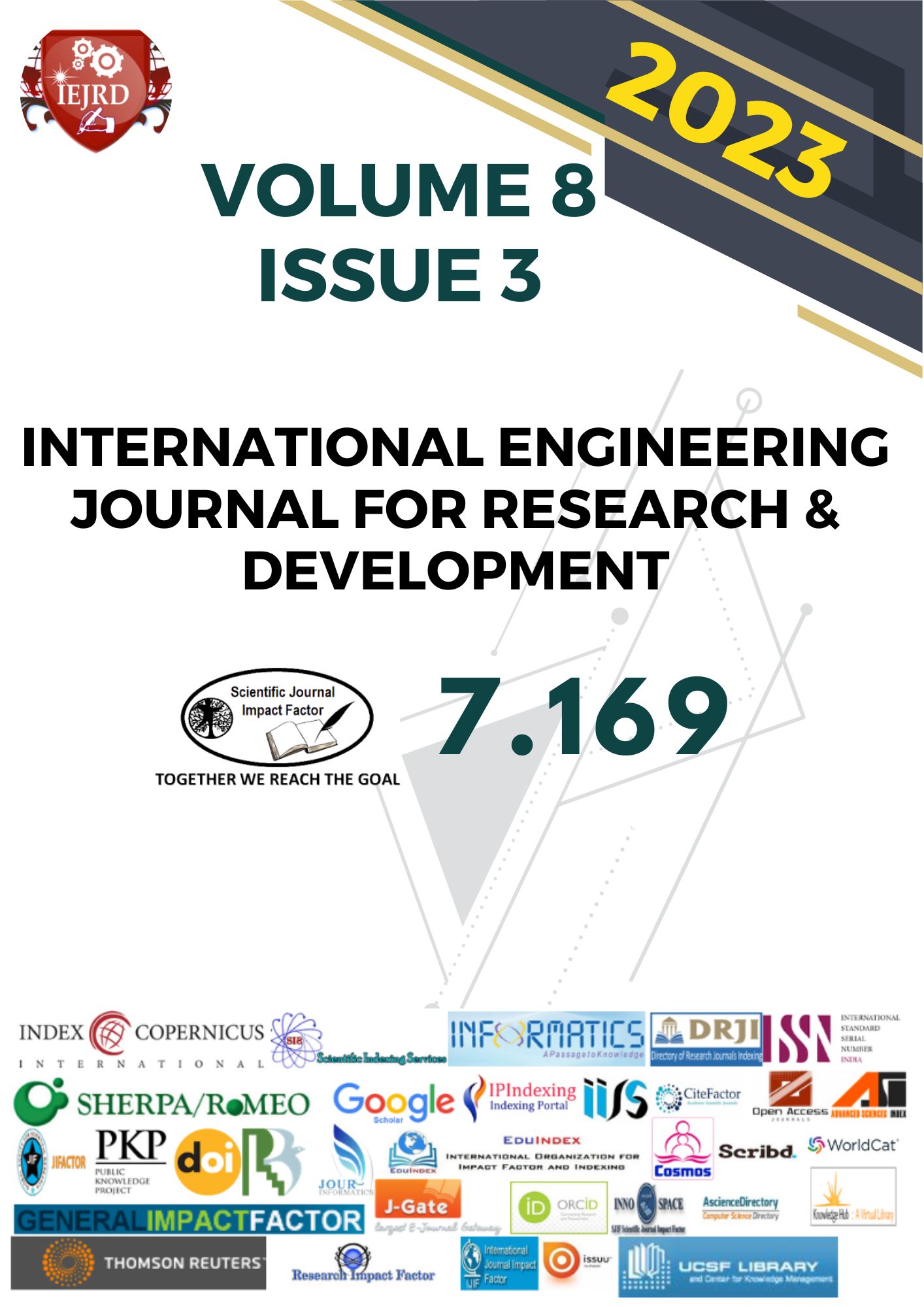AUTOMATIC PRIORITY BASED LOAD SHEDDING MANAGEMENT
Keywords:
load shedding management, alternator fault, load restoration, frequency stabilizationAbstract
Electric load shedding is implemented to maintain the generation power margin at rated level when load demand is higher than electric supply. This requires mainly when parallel source fails to supply the power. This prevents the widespread system collapse when a fault occurs. The scope of study consists of system analysis, design and simulation. When the main grid got tripped on any fault then entire load will be shifted over a single alternator, which may cause alternator to be overload, and to prevent the collapse of the total load, predetermined amount of load will be removed. Important design considerations for this scheme shedding steps, size of load shed at each step and frequency relay settings. Load restoration after load shedding can only be executed after the system has recovered completely and its normal frequency is restored. Loads should be restored in small blocks sequenced by time delay between successive restorations to allow frequency stabilization. A case study is carried out in a Petrochemical industry in Taloja MIDC, Mumbai, Maharashtra, where a load shedding scheme is designed for its cogeneration plant.
Downloads
References
A NEW ALGORITHM FOR LOAD SHEDDING IN AN INDUSTRIAL COGENERATION POWER PLANT (NOVEMBER 1999) By Rushan Lloyd Muttucumaru http s://vu ir.vu. edu. au/15 650 /3 /MU TTUCUMARU%20Rushan-thesis_nosignature.pdf
COMPREHENCIVE LOAD SHEDDING SYSTEM (FEBRUARY 2010) By Uchhrang K. Jethwa; Rajeev Kumar Bansal; Ninad Date; Ranjeet Vaishnav https ://ie eexp lore. ieee. Org /ab stract /doc ume nt /5 404346=pdf
LOAD SHEDDING DESIGN FOR AN INDUSTRIAL COGENERATION SYSTEM (MAY 2013) By Mukesh Kumar Kirar; Renuka Kamdar; Manoj Kumar; Ganga Agnihotri.https://cit eseerx.i st.psu.e du/view doc/download?doi=10.1.1.385.5049&rep=rep1&type=pdf
INTELLIGENT ELECTRICAL LOAD SHEDDING IN HEAVILY LOADED INDUSTRIAL ESTABLISHMENT WITH A CASE STUDY. (JUNE 2018) By Selahattin Kucuk https:/ /ieeex plore.ie ee.org/ abstrac t/docu ment/8 391382.pdf
INTELLIGENT ELECTRICAL LOAD SHEDDING IN DOMESTIC LOAD WITH A CASE STUDY https://www.proquest.com/openview/26428dfe9814a2f564e9c87001262c98/1?pq- origsite=gscholar&cbl=5314840=pdf
Downloads
Published
How to Cite
Issue
Section
License

This work is licensed under a Creative Commons Attribution-NonCommercial-NoDerivatives 4.0 International License.


















